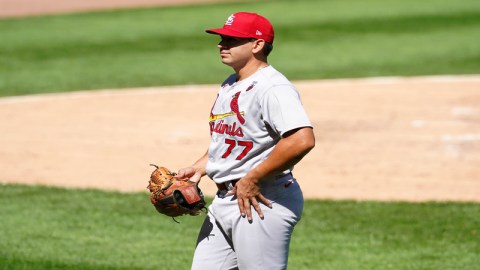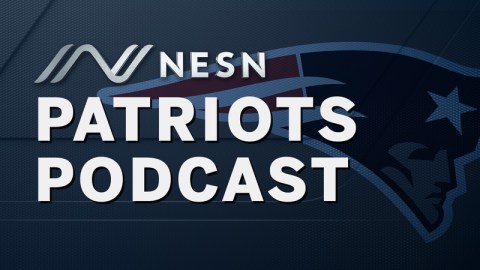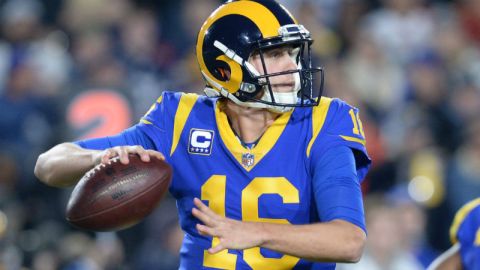Artificial turf has come a long way since the AstroTurf days of 1970s and disco-era ’80s. They are closer than ever to copying real grass and an increasing number of soccer teams around the world are adopting the new versions, according to the BBC.
“The product today is a world apart from the past,” Alessandro Oliveira says. “The plastic fibers are longer and softer, and as importantly, the underlay is made of rubber granules, so it is as soft to play on as a natural grass surface, and the ball moves and bounces in the same way. It is the same quality as natural grass.”
Olivera is the director of Soccer Grass, Brazil’s largest manufacturer of artificial turf. Clubs and national teams have installed the surfaces at their practice facilities and regularly train on them. Corinthians and Sao Paulo, two giants of Brazilian soccer, use them. So do Argentina’s biggest clubs, Boca Juniors and River Plate. The national teams of both countries use them at their practice facilities as well. However, they have stopped short of installing them at their stadia.
The first generations of artificial surfaces were ridiculed because the ball bounced as if the game was being played on concrete and generally moved too fast. Players disliked them because they increased the likelihood of injuries and they could not play in their normal cleats. The English FA even banned them in 1988. But the technology has advanced well past that point in recent years.
“In every regard it performs as well as natural grass — playability, comfort for the players, contact with the players,” Juan Pablo Pena said. “And unlike in the past, players can wear boots with studs.”
Pena is a director of Forbex, Argentina’s largest manufacturer of artificial surfaces. He believes an eight- or nine-year lifespan and low-cost maintenance make the surfaces an attractive option for soccer clubs — particularly those in hot countries. After spending a one-time fee of around $600,000 (£380,000), clubs begin saving money over grass surfaces right away since they are not required to water them.
However, there are drawbacks to the new surfaces. They retain heat, making them uncomfortable for players that use them on hot days. Over time, the fibers can also become matted down, making the ball bounce higher and roll faster than it would on a natural surface.
FIFA and UEFA have sanctioned the use of artificial fields in recent years. The national teams of Russia and Costa Rica use them. UEFA allows clubs to play on them in Champions League games, but will continue to stage the final on natural grass.
Artificial turf fields are used at the highest level in the United States. The Seattle Sounders, New England Revolution, Vancouver Whitecaps and Portland Timbers use them. Some veteran and foreign players like New York’s Thierry Henry are reluctant to play on them.
When foreign clubs visit cities with artificial fields in the U.S. (for preseason friendlies), they often demand that clubs install temporary natural surfaces over the artificial ones.
Photo via Flickr/jasalo88



